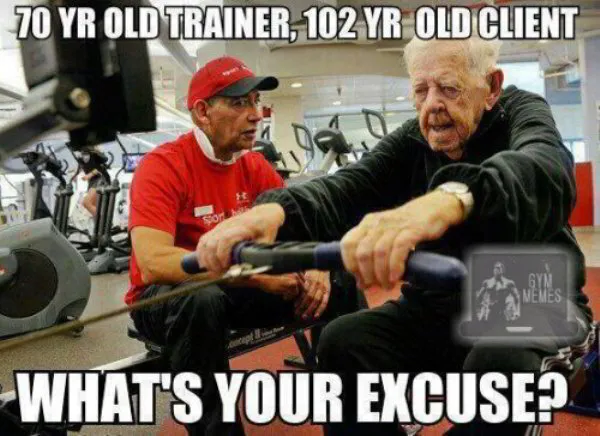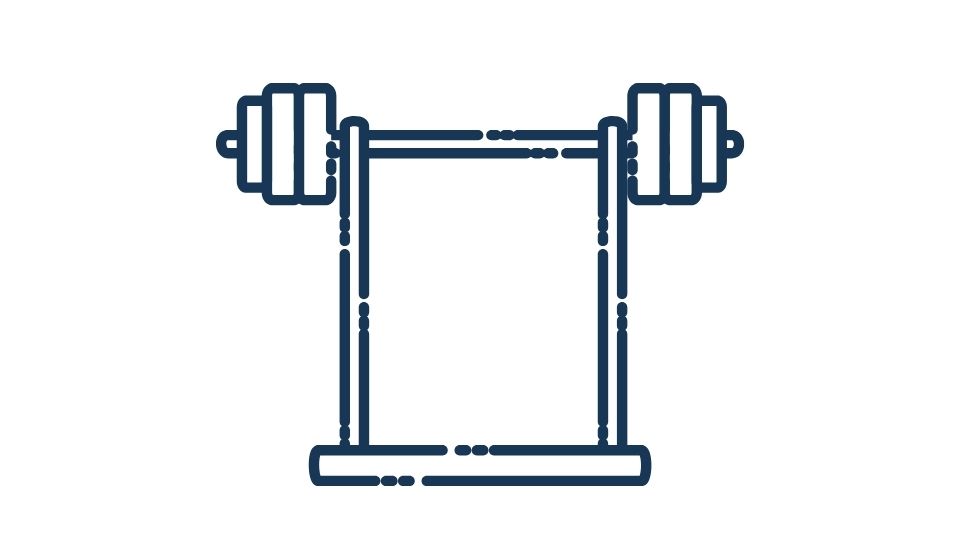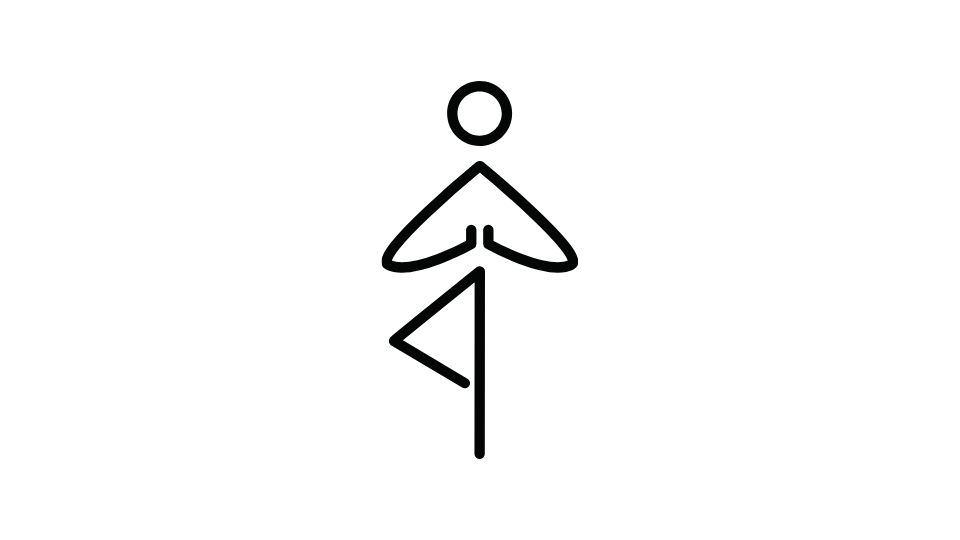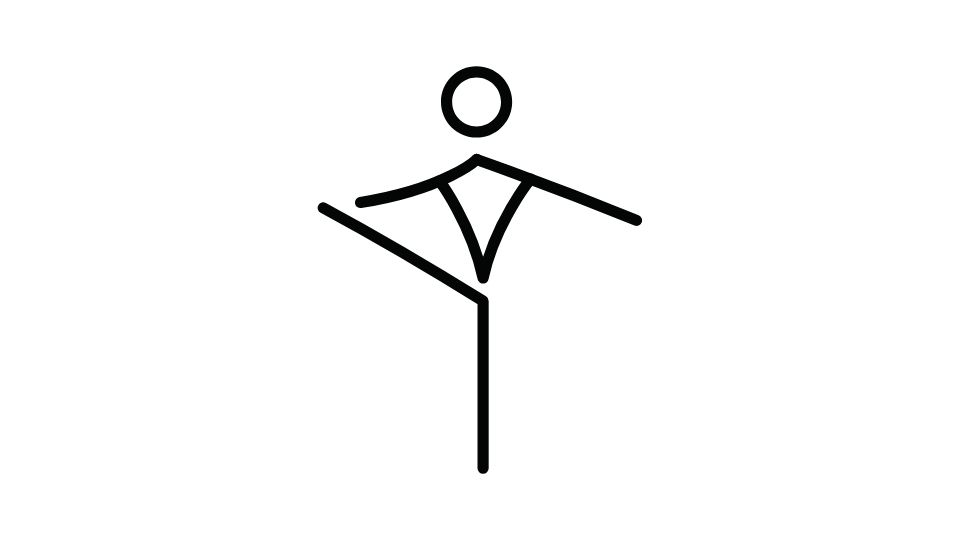FITT Principle: The Secret Framework Behind Every Killer Workout
Ever wondered why some fitness plans have you feeling like a superhero while others leave you defeated on the couch?
The difference might just be the FITT Principle – a simple but powerful framework that’s been the backbone of effective fitness programs for decades.
I’m not talking about some trendy Instagram workout challenge that’ll be forgotten next month. This is the real deal – the behind-the-scenes structure that professional trainers and athletes use to design programs that actually work.
Let’s break down this fitness formula that’ll help you stop wasting time at the gym and start seeing results.

The FITT Principle Explained
FITT stands for Frequency, Intensity, Time, and Type – four variables you can adjust to customize your workouts for maximum results.
Think of it like the control panel for your fitness journey. Tweak these four dials correctly, and you’ll be well on your way to reaching your goals – whether that’s losing weight, building muscle, or just feeling better in your body.
Frequency: How Often Should You Exercise?

Frequency is just a fancy way of asking: “How many times per week should I work out?”
The answer depends on your goals, but here are some general guidelines:
- Cardio: 3-6 times weekly (3 for maintenance, 5-6 for serious weight loss or endurance training)
- Strength training: 3-4 times weekly, with rest days between sessions for the same muscle groups
The key is finding a frequency that’s challenging but sustainable. No point planning 6 workouts a week if your schedule only realistically allows for 3-4.
Remember: consistency beats intensity every time. I’d rather see you do three workouts every week for a year than six workouts a week for a month before burning out.
Intensity: How Hard Should You Push?
Intensity measures how much effort you’re putting in during your workout. It’s the difference between a leisurely walk in the park and sprinting like you’re being chased by a bear.
For cardio, you can measure intensity using:
- Heart rate zones (60-70% of max heart rate for fat burning, 70-85% for cardiovascular conditioning)
- The talk test (if you can sing, go harder; if you can’t speak at all, dial it back)
- Rating of perceived exertion (RPE) on a scale of 1-10
For strength training, intensity comes from:
- The weight/resistance used
- Number of reps and sets
- Rest time between sets
Beginners: Start with moderate intensity and focus on proper form.
Advanced: Mix high and low intensity work for continued progress.
The American College of Sports Medicine recommends gradually increasing intensity over time, but only change one FITT variable at a time to avoid injury.
Time: How Long Should Your Workouts Be?

Time refers to how long each workout session lasts.
You don’t need marathon gym sessions to see results. In fact, quality beats quantity when it comes to workout duration.
For most people, aim for:
- Cardio sessions: 20-60 minutes (depending on intensity)
- Strength training: 30-60 minutes (including warm-up)
- HIIT workouts: As little as 15-30 minutes can be highly effective
The beauty of the FITT principle is the relationship between variables. If you’re short on time, you can increase intensity for similar benefits. This is why high-intensity interval training has become so popular – maximum results in minimum time.
Type: What Exercises Should You Do?
This is the most personalized part of the FITT principle – choosing what kind of exercise to do.
The best exercise? The one you’ll actually do consistently.
But for balanced fitness, consider including:
- Cardiovascular exercise: Running, cycling, swimming, rowing, dancing
- Strength training: Free weights, machines, bodyweight exercises, resistance bands
- Flexibility work: Yoga, stretching, mobility drills
- Balance/stability training: Pilates, yoga, functional fitness
Variety isn’t just about preventing boredom (though that’s important) – different types of exercise create different adaptations in your body. The American Heart Association recommends a mix of activity types for overall health.
How to Create Your Perfect Fitness Plan Using FITT

Now that you understand the framework, let’s put it into action with a step-by-step approach.
Step 1: Define Your Goals
Before adjusting any FITT variables, get crystal clear on what you’re trying to achieve:
- Weight loss?
- Muscle gain?
- Improved endurance?
- General health?
- Sport-specific performance?
Your goals will determine how you set each variable.
Step 2: Assess Your Starting Point
Be honest about your:
- Current fitness level
- Available time
- Exercise preferences
- Any limitations or injuries
This self-assessment prevents the #1 mistake most people make: starting with a plan that’s too ambitious.
Step 3: Design Your Program Using FITT
Let’s create some sample plans based on common goals:
For a beginner focusing on general fitness:
- Frequency: 3 days/week
- Intensity: Moderate (able to talk but not sing)
- Time: 30 minutes per session
- Type: Mix of walking/light jogging, basic strength exercises, stretching
For someone focused on building strength:
- Frequency: 4 days/week (split by muscle groups)
- Intensity: Challenging weights (last few reps should be difficult)
- Time: 45-60 minutes per session
- Type: Primary focus on resistance training with some cardio for heart health
For endurance improvement:
- Frequency: 5 days/week
- Intensity: Mix of moderate-intensity steady state and intervals
- Time: 30-60 minutes depending on intensity
- Type: Running, cycling, swimming, rowing with 1-2 days of supporting strength work
Step 4: Track and Adjust
The magic of FITT isn’t just in the initial design – it’s in the ongoing adjustments.
Every 4-6 weeks, evaluate your progress and adjust one variable at a time. For example:
- Increase frequency from 3 to 4 days per week
- Bump up intensity by adding more weight or decreasing rest periods
- Extend time from 30 to 40 minutes per session
- Introduce new types of exercises to challenge your body differently
The National Strength and Conditioning Association recommends this progressive approach to avoid plateaus and continue seeing results.
Beyond FITT: The Nutrition Connection
You’ve probably heard that saying about abs being “made in the kitchen” – there’s truth to that.
Even the perfect FITT-based workout plan can’t outrun a poor diet. For truly optimal results, pair your workout strategy with nutrition that supports your goals.
Many of my clients find that tracking meals is a game-changer for awareness. You don’t have to count every calorie forever, but a few weeks of tracking can reveal patterns you never noticed before.
The key nutrition principles that complement the FITT principle:
- Protein intake to support muscle recovery and growth
- Carbohydrates timed around workouts for energy
- Healthy fats for hormone production and joint health
- Adequate hydration for performance and recovery
Why the FITT Principle Works When Other Approaches Fail

The FITT principle isn’t sexy or flashy. It won’t promise “6-pack abs in 6 days” or other unrealistic claims.
What it does offer is sustainability and progression – the two factors that determine long-term success in fitness.
By breaking down your workout plan into four adjustable variables, FITT:
- Prevents the common “all or nothing” approach
- Allows for personalization based on your unique situation
- Provides clear variables to adjust when progress stalls
- Creates structure without rigidity
The beauty of this framework is that it works for everyone from total beginners to elite athletes – it’s all in how you set the variables.
Remember: Fitness is a marathon, not a sprint. The FITT principle gives you the roadmap for that journey, helping you make sustainable progress without burning out or getting injured.
So next time you’re planning your workouts, don’t just blindly follow some random program. Apply the FITT principle, and watch how your results – and enjoyment – improve.




Leave a Reply